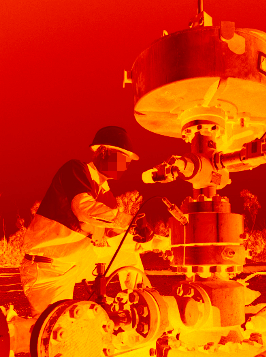CSG salt studied
 Experts say the coal seam gas industry needs to deal with its salt problem.
Experts say the coal seam gas industry needs to deal with its salt problem.
The Queensland government has released a draft of its Coal Seam Gas Brine Management Action Plan, which estimates that up to six million tonnes of waste salt will be produced by the Queensland coal seam gas (CSG) industry in the next 30 years.
CSG extraction also involves pumping groundwater to the surface. This water tends to have a high salt content, and cannot be used without being processed.
Salt is removed from the groundwater, creating significant amounts of waste brine or salt.
Currently, most of the long term storage of the waste salt is achieved by burying it in sealed landfill sites, which is called ‘salt encapsulation’.
However, this requires ongoing management and risks leaching during rainfall.
The Queensland Department of Environment and Science (DES) says it is working with the industry, landholders, and environmental groups on a plan for the long-term storage of waste CSG salt.
The plans are based partly on analysis by the University of Queensland's Centre for Natural Gas which is partly funded by Arrow Energy, Santos, and APLNG.
UQ has been given access to industry data from the peak body for the petroleum and gas industry, The Australian Petroleum Production and Exploration Association (APPEA).
Environmental engineer Professor Stuart Khan from the University Of New South Wales says it is a bigger problem than most people know.
“I think when people first start thinking about this problem they think about a truckload of salt, perhaps, that might be shipped out and disposed of somewhere safely,” he has told the ABC.
“But actually, we're talking about thousands of truckloads of salt.”








 Print
Print